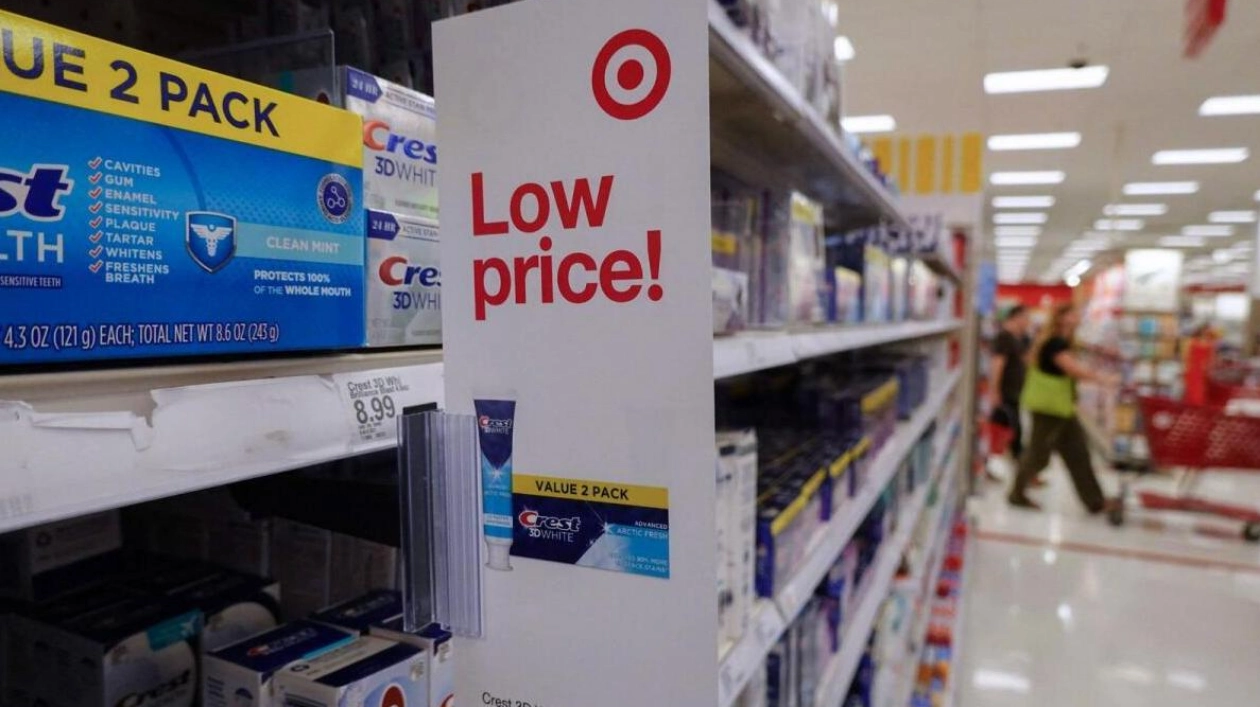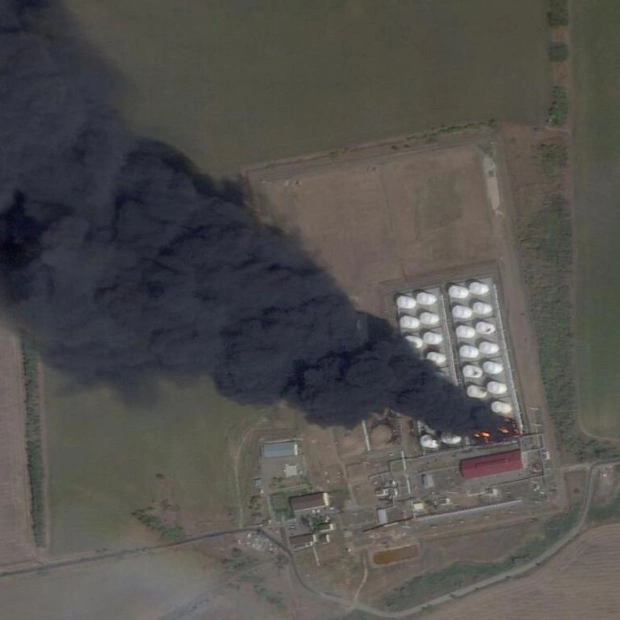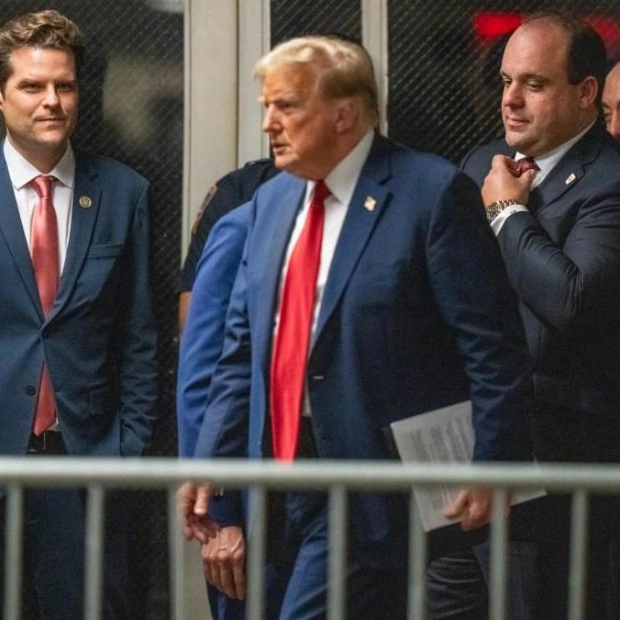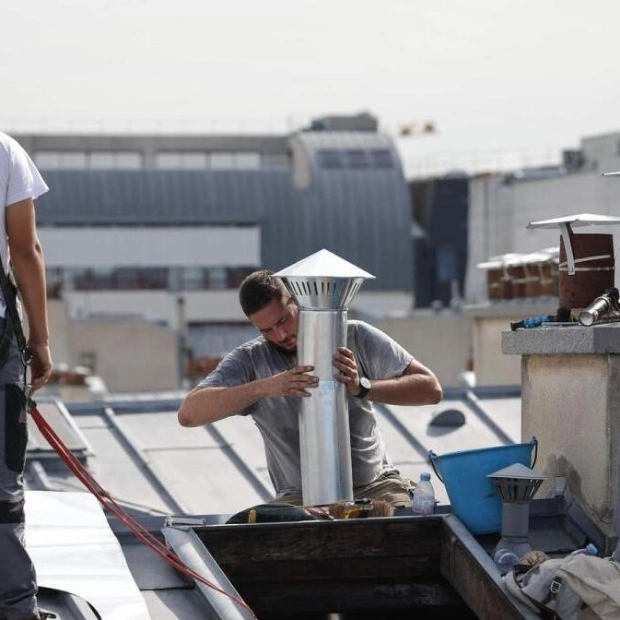US consumer prices experienced their first decline in four years in June, driven by reduced petrol costs and stabilizing rents, which has effectively reignited the trend of disinflation and brought the Federal Reserve closer to the possibility of cutting interest rates in September. The Labor Department's report on Thursday, showing two consecutive months of mild consumer price increases, is likely to boost confidence among Federal Reserve officials that inflation is easing after a sharp rise in the first half of the year. The report also indicated that a key measure of underlying inflation saw its smallest monthly increase since August 2021. Financial markets are now highly anticipating the Fed's initiation of an easing cycle in September.
"Barring any unexpected price data in July, the Fed is poised to reduce rates in September," stated Brian Bethune, an economics professor at Boston College. "This outlook will be further confirmed at the July meeting." According to the Bureau of Labor Statistics, the consumer price index (CPI) fell by 0.1 percent last month, marking the first decrease since May 2020, following a flat reading in May. The CPI was primarily affected by a 3.8 percent drop in gasoline prices, which followed a 3.6 percent decrease in May. Housing costs, including rents, rose moderately by 0.2 percent after a 0.4 percent increase in May. Food prices increased by 0.2 percent, up from a 0.1 percent rise in May. Over the past 12 months, the CPI has risen by 3 percent, which is the smallest increase since June 2023, following a 3.3 percent rise in May.
Economists surveyed by Reuters had predicted a 0.1 percent increase in the CPI and a 3.1 percent year-on-year gain. The annual increase in consumer prices has decelerated from its peak of 9.1 percent in June 2022. This moderation has narrowed the gap between the CPI and the measures tracked by the Fed for its 2 percent inflation target. The Personal Consumption Expenditures (PCE) price indexes both increased by 2.6 percent in May. The CPI report came on the heels of news that the unemployment rate had risen to a 2-1/2-year high of 4.1 percent in June from 4 percent in May. Economic growth has also slowed in response to the central bank's significant rate hikes in 2022 and 2023, with second-quarter gross domestic product forecast near the 1.8 percent annualized rate that policymakers view as the non-inflationary growth pace.
Fed Chair Jerome Powell has recognized the recent improvement in price pressures but told lawmakers this week that he is not yet prepared to declare victory over inflation and that "more good data" would strengthen the case for rate cuts. Financial markets currently see an approximately 85 percent chance of a rate cut at the Fed's September meeting, up from about a 70 percent chance before the report. US Treasury yields fell, and the dollar weakened against a basket of currencies. The central bank has kept its benchmark overnight interest rate within the current 5.25-5.50 percent range since last July. It has raised its policy rate by 525 basis points since 2022. Excluding volatile food and energy components, the CPI increased by 0.1 percent in June. This was the smallest increase in the core CPI since August 2021 and followed a 0.2 percent rise in May. The core CPI was tempered by a slowdown in rents, which increased by 0.3 percent, the smallest gain since August 2021.
Consumers also benefited from lower healthcare costs, which rose by 0.2 percent after a 0.5 percent increase in May. Airline fares, used cars and trucks, new motor vehicles, and communication services all became cheaper. However, motor vehicle insurance prices rebounded by 0.9 percent after falling by 0.1 percent in May. Costs for household furnishings and operations, personal care, education, recreation, and apparel all increased. Over the past 12 months, the core CPI rose by 3.3 percent. This was the smallest year-on-year increase since April 2021 and followed a 3.4 percent rise in May. A separate report from the Labor Department on Thursday showed that initial applications for unemployment benefits fell more than expected last week, but the volatility around this time of year, as automobile manufacturers idle plants for retooling, makes it challenging to accurately assess the labor market.
Initial claims for state unemployment benefits decreased by 17,000 to a seasonally adjusted 222,000 for the week ending July 6, the lowest level since late May. Economists had forecast 236,000 claims in the latest week. The claims data included the Independence Day holiday. Claims tend to be volatile around holidays, and auto manufacturers typically shut down assembly plants starting the week of July 4 to retool for new models. The timing can vary from one manufacturer to another, which can distort the model that the government uses to smooth out the data for seasonal fluctuations. While this likely introduces noise into the claims data, there are growing signs that the labor market is losing momentum as significant interest rate increases from the Federal Reserve in 2022 and 2023 cool economic activity. There were 1.22 job openings for every unemployed person in May, not much higher than the 1.19 average in 2019. The unemployment rate rose to a 2-1/2-year high of 4.1 percent in June from 4 percent in May. Claims had been stuck in the upper end of their 194,000-243,000 range for this year. The number of people receiving benefits after an initial week of aid, a proxy for hiring, slipped by 4,000 to a seasonally adjusted 1.852 million during the week ending June 29, according to the claims report.






